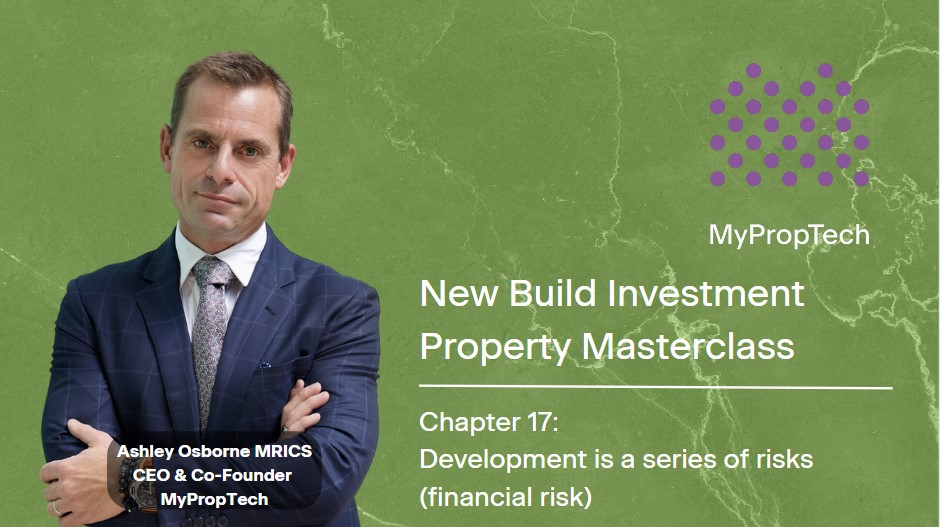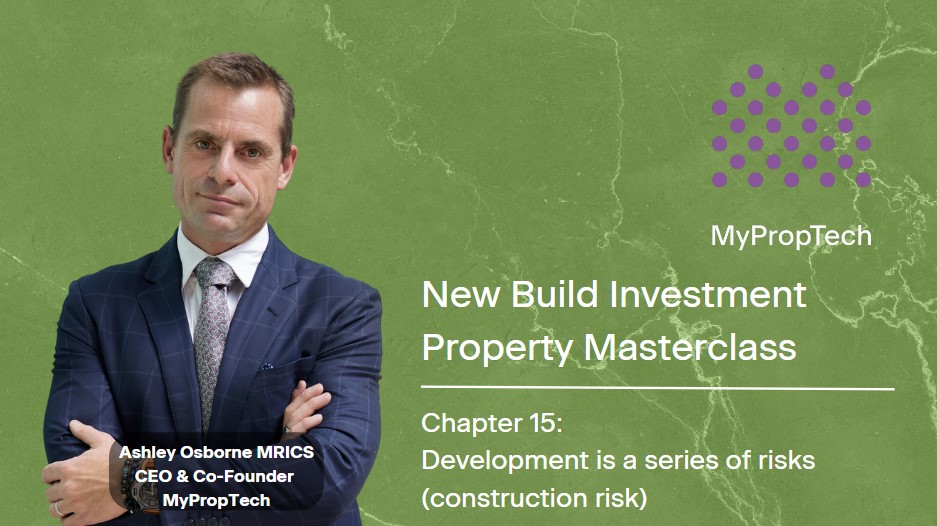New Build Investment Property Masterclass: Chapter 8 - Highest & Best Use
Highest and best use
Because of the characteristics of real estate and market inefficiencies, real estate will not always be employed at its optimal economic value, giving rise to the concept of Highest and Best Use.
Highest and best use is a term generally used in property valuation. It is defined as:
The reasonable, probable, and legal use of vacant land or an improved property, which is physically possible, appropriately supported, financially feasible, and that results in the highest value for an estate.

All real estate will theoretically be employed at its highest and best use. However, it does not always necessarily follow that this happens immediately. Several things may prevent this from happening:
- Existing user: The most common example is that a tenant is in situ and has an unexpired lease term for the property. In some cases, this may be for a long time. Therefore, a developer cannot simply gain 'vacant possession' of the land to re-develop it.
- Rights granted to a third party: Sometimes rights are granted to a third party, restricting the re-development of the site. Commonly, these are in the form of restrictive covenants, rights of way, easements, or rights of access.
- Not economically viable: In some cases, the total cost of buying the land, obtaining the necessary building consents, demolishing the existing improvements, and building a new building is greater than the income which will be generated through the sale of the new development.
- Planning and building consents: It takes a considerable amount of time and capital to obtain consent for a new building, and it is not necessarily obvious in advance what will be permitted on a parcel of land. Developers must therefore invest time and money in designing schemes in association with various professionals to come up with a scheme acceptable to the relevant local planning authority.
- Land is not large enough: Sometimes a parcel of land is simply not large enough to accommodate a large enough building. Therefore, a 'site assembly' may be required to create a large enough parcel of land to cope with the footprint of the building which maximises value. In this situation, a developer needs to purchase adjacent parcels of land in order to create one larger parcel of land to develop.
- Lack of infrastructure: Not having mains water, power drainage, access, and/or links to roads or transport means that it may simply not be cost-effective to develop a scheme.
- Unwilling seller: There is no requirement for the owner of a parcel of land to do anything with it. Just because a profit could be generated by developing it, this does not mean that it must be done. Development sites often float in and out of the market through many market cycles before eventually being sold and developed.
 By
By


